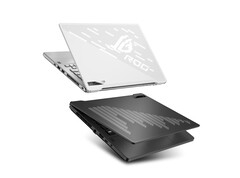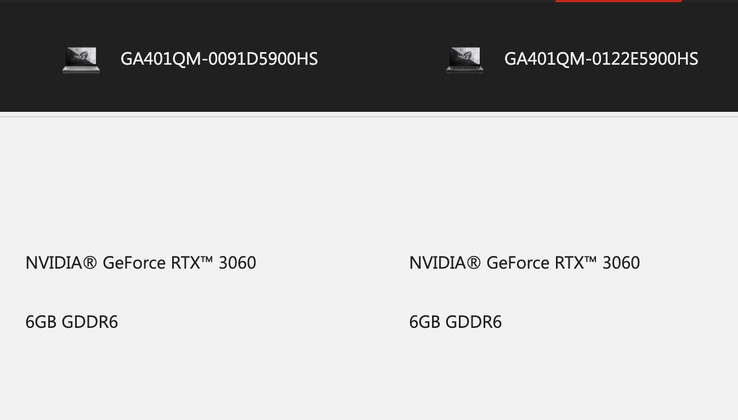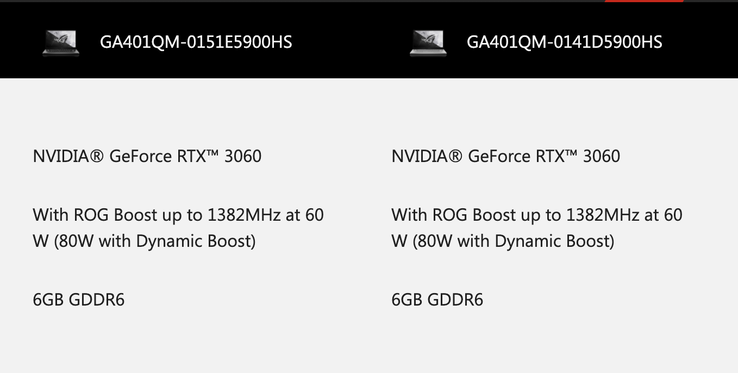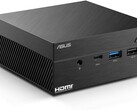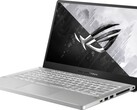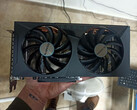We have already reported that the RTX 30 series does not have any Max-Q GPUs, with NVIDIA urging OEMs to warn customers of the TGPs and clock speed that their laptops have. Until now, only XMG has heeded this advice with other OEMs choosing not to do so, for some reason. MSI claims that it would be too complicated to do so, despite publishing the differences in between various RTX 30 series cards in a video, while other OEMs have seemingly not acknowledged NVIDIA's changes to its laptop GPU branding.
Thankfully, ASUS has started updating its data sheets with the clock speeds and TGPs of the RTX 30 series GPUs in its laptops. Additionally, the company has included the Dynamic Boost TGP of the cards, which has caused some confusion in early RTX 3060 laptop reviews. Hopefully, ASUS will update all its product listings with this information. In the meantime, Videocardz has provided a comprehensive table of the clock speeds, TGPs, Dynamic Boosts and maximum GPU powers of ASUS' RTX 30 series gaming laptops.
While disclosing clock speeds and TGPs may seem trivial, NVIDIA sells an RTX 3060 to OEMs with a 35 W higher TGP than the entry-level RTX 3080. Moreover, a 55 W TGP spread exists across RTX 3060 cards, a 35 W one across the RTX 3070 and a 70 W one across the RTX 3080. Hence, we hope that all OEMs follow XMG and ASUS in disclosing this information to people.
Source(s)
ASUS via Tweakers & Videocardz




